.jpg)
Reorganizing the trading space based on planning raw material areas focusing on key products: tea, coffee, dragon fruit, durian, avocado, flowers, high-tech vegetables, mulberry, seafood, dairy cows, cold-water fish meeting domestic and international certification standards. In particular, planning trading and logistics centers on major traffic axes located on National Highway 20, National Highway 14, National Highway 1A, Dau Giay - Phan Thiet - Vinh Hao aims to create more favorable conditions for transporting agricultural products, forming inter-regional trading axes of production areas associated with processing industrial clusters inside and outside the province.
Developing 428 chains linking cultivation and livestock farming
According to statistics, the whole province is developing 428 production chains associated with preliminary processing, processing, and consumption with 47,590 farming households participating in the production of 85,000 hectares of vegetables, tubers, fruits, flowers, tea, coffee, dragon fruit, durian (output of about 920,000 tons/year); raising dairy cows, beef cattle, aquatic products, cold-water fish of more than 2.2 million heads (output of 210,000 tons/year). Mr. Nguyen Chi Linh assessed the promotion of value chain linkage development in the whole province in general, the launch of the "gathering" chain of marine and forest agricultural products by the Faculty of Agriculture, Forestry and Fisheries - Nghe An University and Me Linh Ecotourism Cooperative (Nam Ban Lam Ha commune) in particular have contributed to the development of production areas certified by VietGAP, GlobalGAP, organic, ensuring output and creating stable income for farming households.

Thereby, promoting enterprises and cooperatives to boldly invest in cultivation associated with processing key agricultural products such as: coffee, tea, durian, dragon fruit, vegetables, tubers, frozen fruits. In particular, helping enterprises and cooperatives in the whole province increase the scale of cultivation in large raw material areas, minimizing the situation of fragmented and small-scale production, including building codes for growing areas, producing key agricultural products to access and expand many large export markets such as Japan, EU, USA, China, ASEAN countries. In addition, participating in the linkage chains has helped farmers raise awareness and produce according to plans, processes, and quality standards, creating uniform, high-quality products, ensuring food safety, and constantly enhancing the reputation of Lam Dong agricultural products.
In general, the agricultural sector of the whole province currently has a total cultivated area of 1,046,888 hectares, aquaculture of nearly 4,160 hectares. Specifically, the cultivated area corresponds to an annual output of 90,000 hectares of vegetables, tubers, and fruits (nearly 3.5 million tons); 11,024 hectares of flowers (nearly 4.5 billion branches); 319,310 hectares of coffee (956,000 tons); 10,059 hectares of tea (150,000 tons); 43,960 hectares of durian (266,000 tons); 26,000 hectares of dragon fruit (575,000 tons); nearly 10,790 hectares of avocado (103,000 tons); 2,405 hectares of passion fruit (58,000 tons); 52,442 hectares of cashew (41,000 tons); 35,321 hectares of pepper (79,000 tons); 16,058 hectares of macadamia (14,000 tons). Regarding the scale of livestock farming corresponding to the annual output in the whole province, the following are achieved: 27,315 dairy cows (120,000 tons); 10,755 hectares of mulberry (17,000 tons of cocoons); exploited aquatic products (248,000 tons/year); aquaculture (31,000 tons/year).
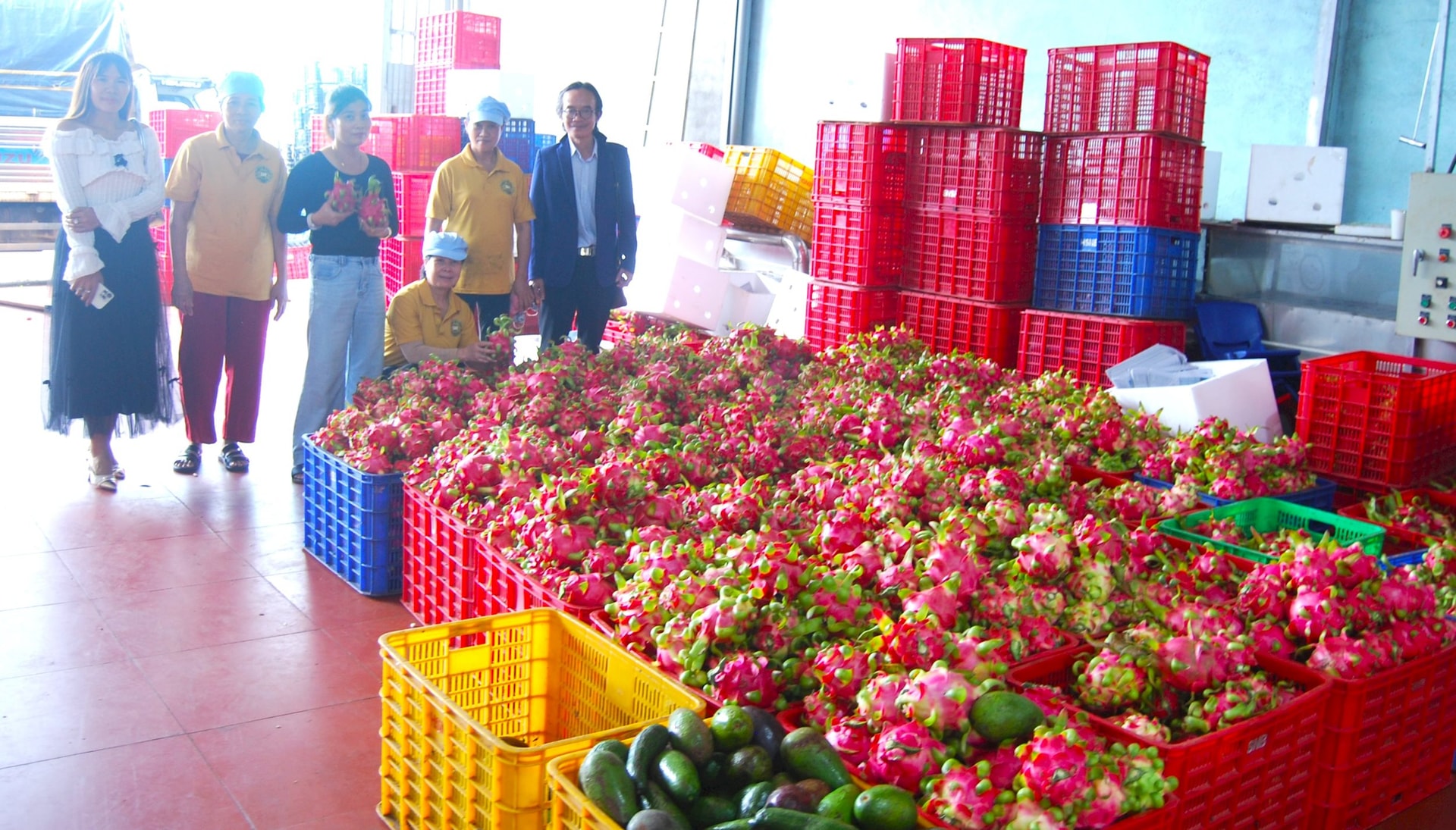
Expanding sustainable agricultural trade space
According to Deputy Director Nguyen Chi Linh, with the leading cultivation area and livestock scale in the country, Lam Dong province has many opportunities to expand the space for regional linkage to develop comprehensive, modern and sustainable agriculture. However, when comparing the output consumed through the 428 cultivation, livestock and aquaculture chains mentioned above, the results only account for about 11.5% and 33.4% of the total product of the whole province, respectively. The difficulties, limitations and challenges facing the value chain are: unsynchronized logistics infrastructure, high prices of agricultural materials and logistics costs, some loose linkage contracts, lack of binding mechanisms for fair benefit sharing, leading to unsustainable development...
To overcome difficulties and challenges to develop linkages in the production, processing and consumption chains of agricultural products associated with traceability, from now until 2030, the whole province will implement support policy solutions and encourage enterprises at the forefront of the chain to sign stable consumption contracts with cooperatives and farmers. In addition, early investment in building post-harvest centers right in raw material areas to increase processing rates, ensuring products entering the domestic market and exporting with high added value; encourage investment in high technology in smart production and logistics; build growing area codes, manage raw material warehouses. In addition, guide enterprises and cooperatives to participate in domestic and international e-commerce platforms, in order to diversify consumption channels and market access methods...
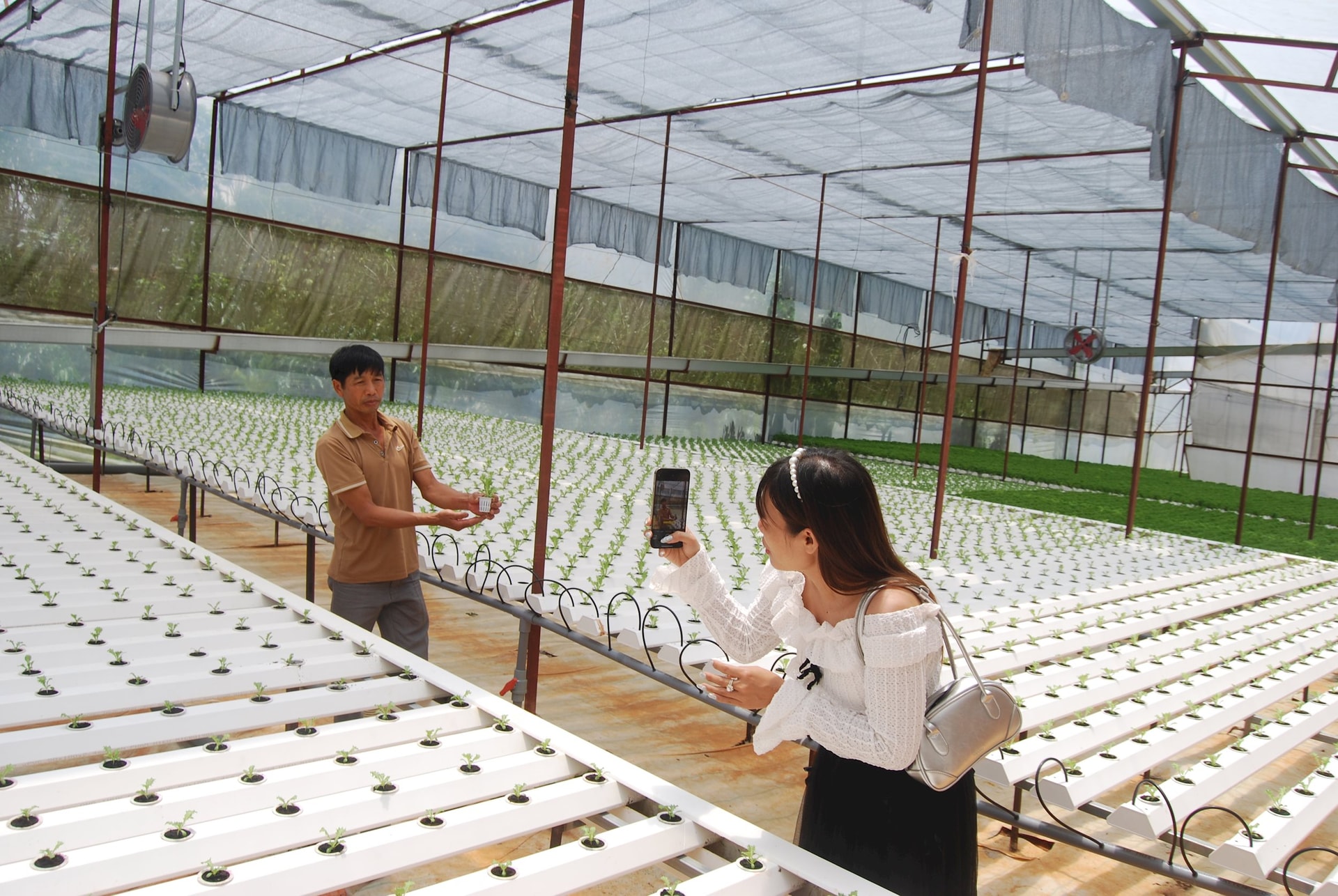
Regarding the coordination between the Faculty of Agriculture, Forestry and Fisheries - Nghe An University and Me Linh Ecotourism Cooperative (Nam Ban Lam Ha commune), Mr. Tran Ngoc Toan - representative of Me Linh Cooperative said that with the goal of building and continuously expanding "gathering" centers for long-term consumption of marine and forest agricultural products, the two sides continue to connect cooperatives and enterprises to provide technical support and transfer of VietGAP, GlobalGAP, organic, ecotourism and OCOP product processes, training in business and cooperative management skills, preliminary processing, post-harvest product preservation and traceability; participate in trade promotion programs, introduce Lam Dong's marine and forest agricultural products to domestic and international markets...
Source: https://baolamdong.vn/tap-ket-nong-san-bien-rung-chia-khoa-nang-cao-gia-tri-nong-san-lam-dong-bai-cuoi-hinh-thanh-cac-truc-giao-thuong-lien-vung-386199.html




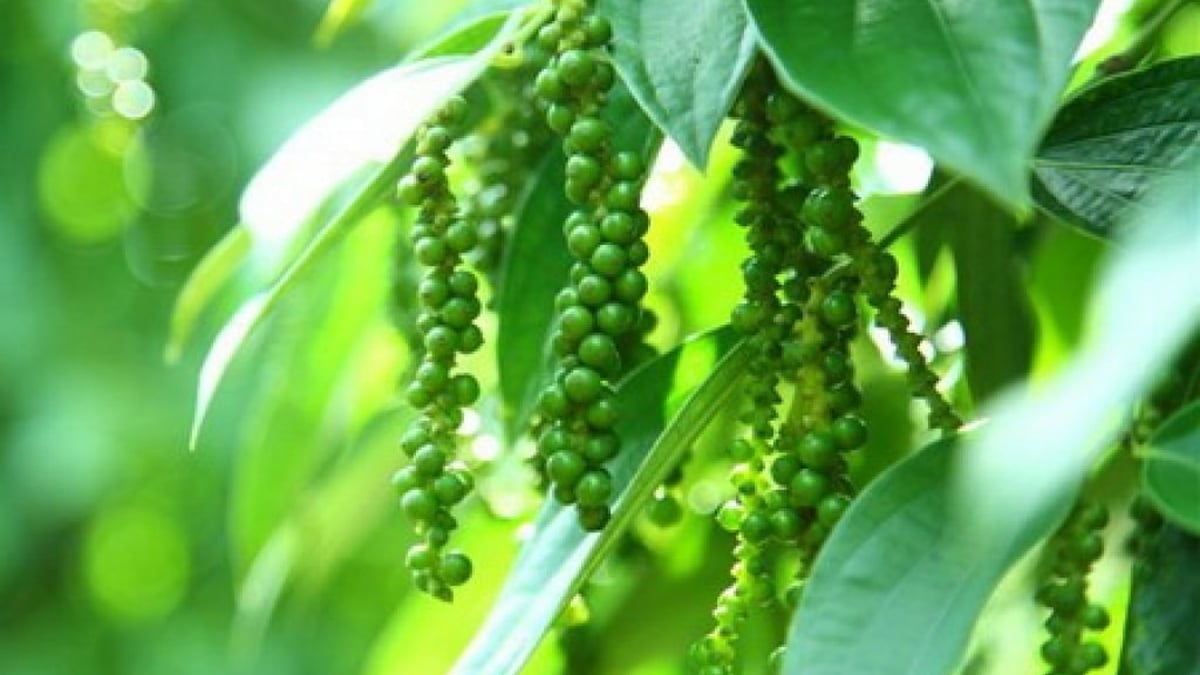
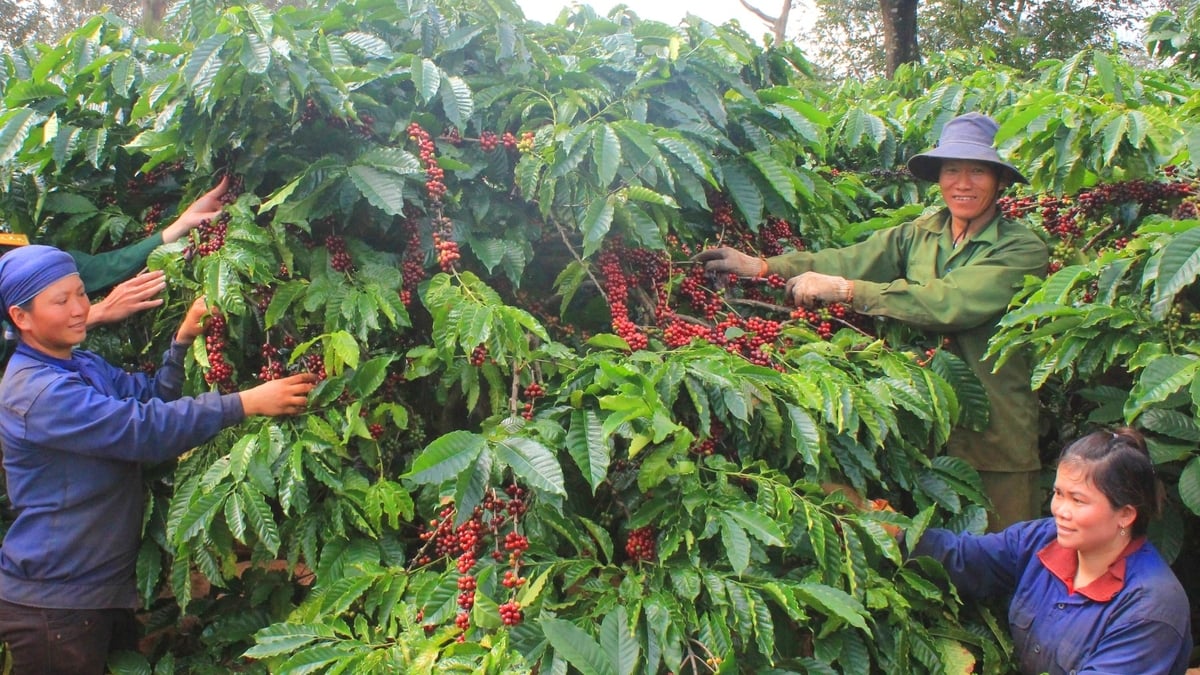
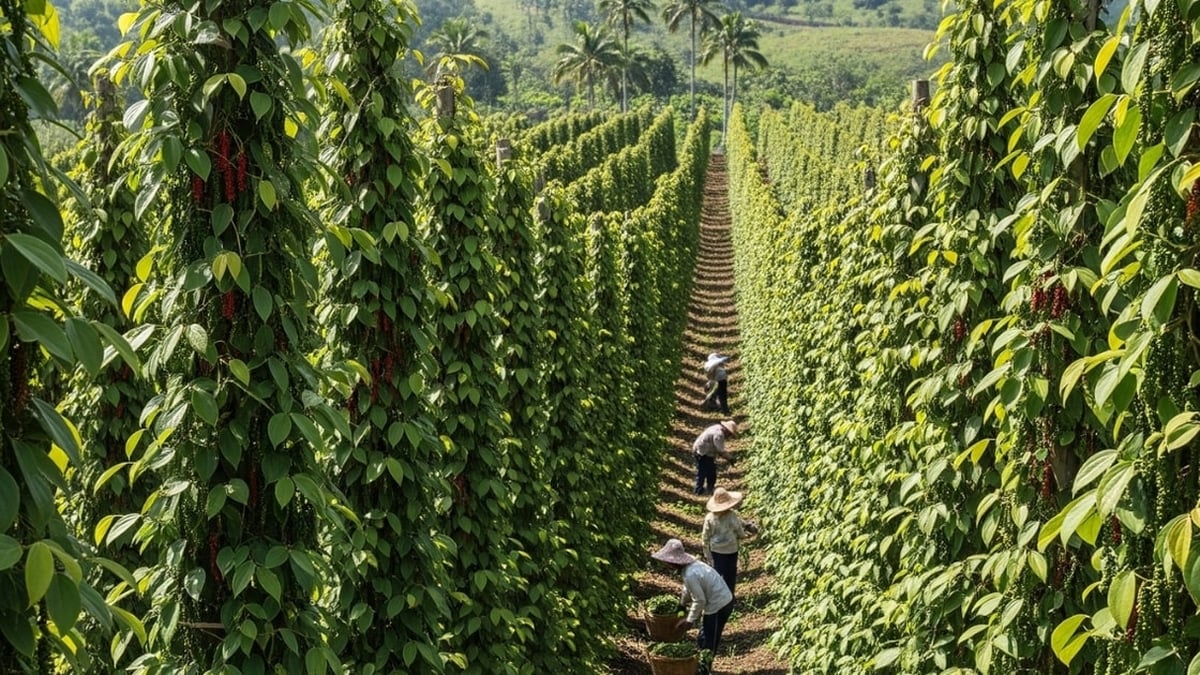
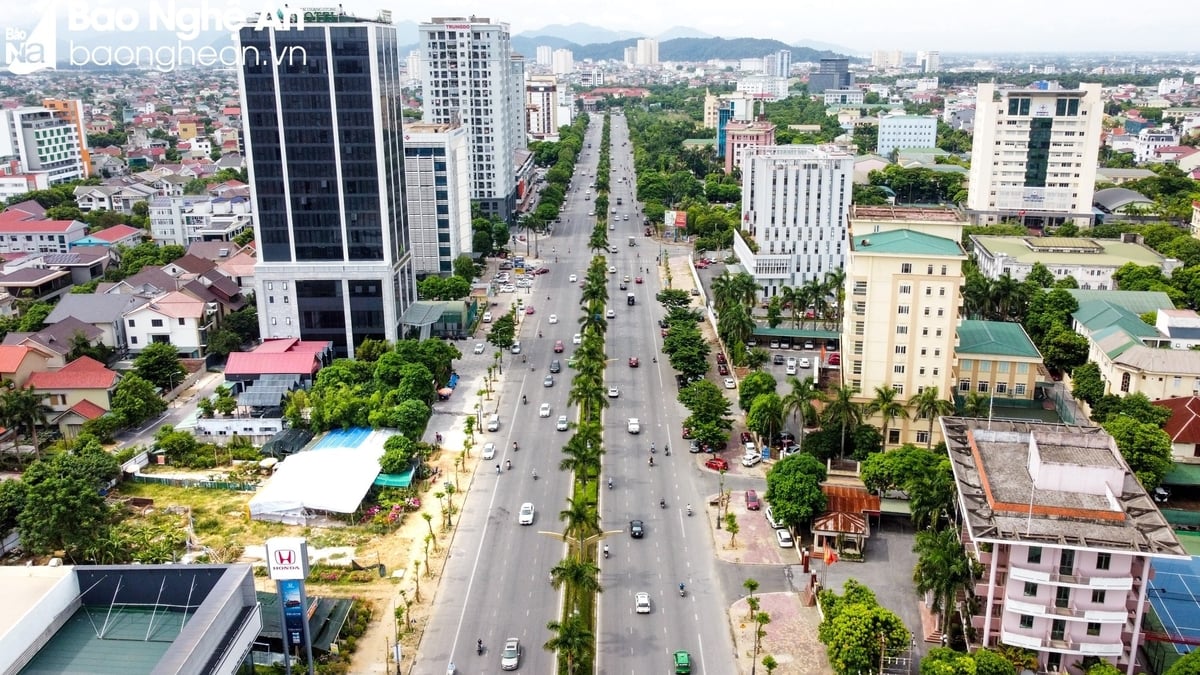
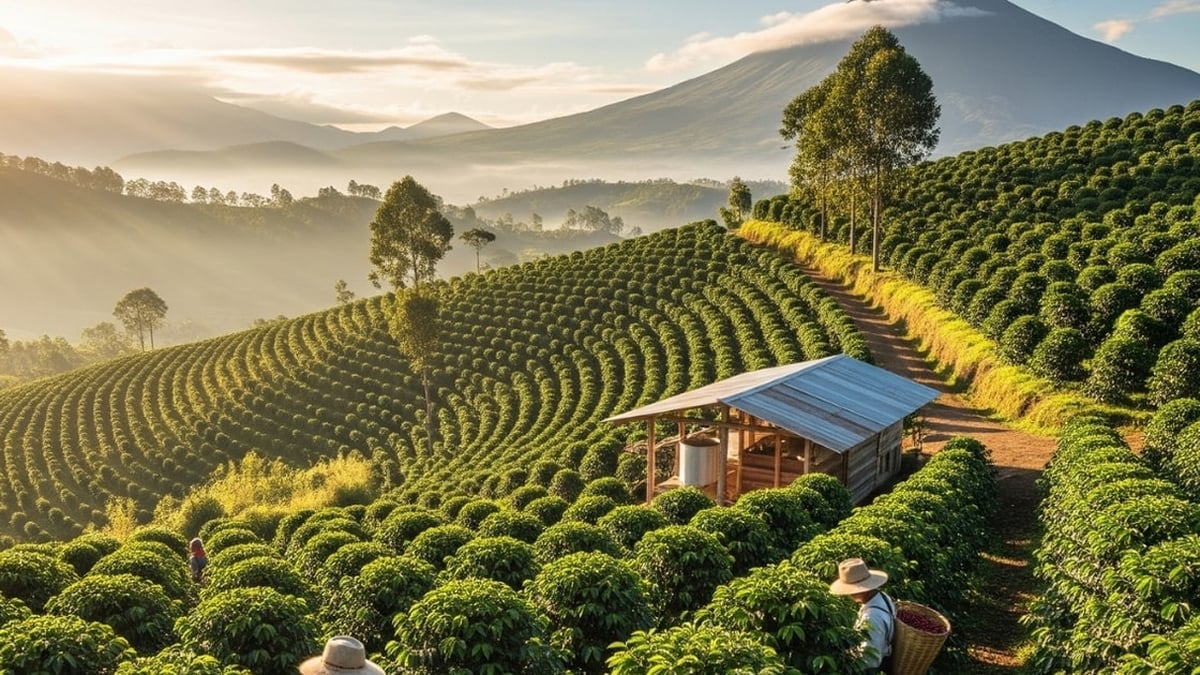

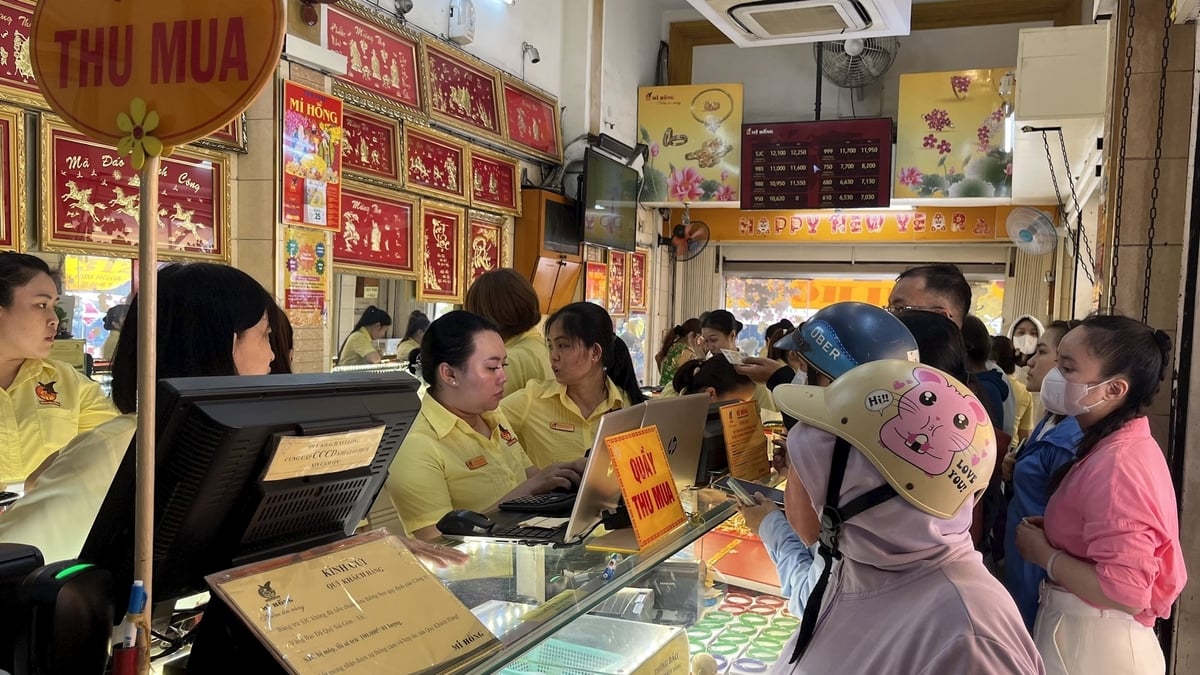
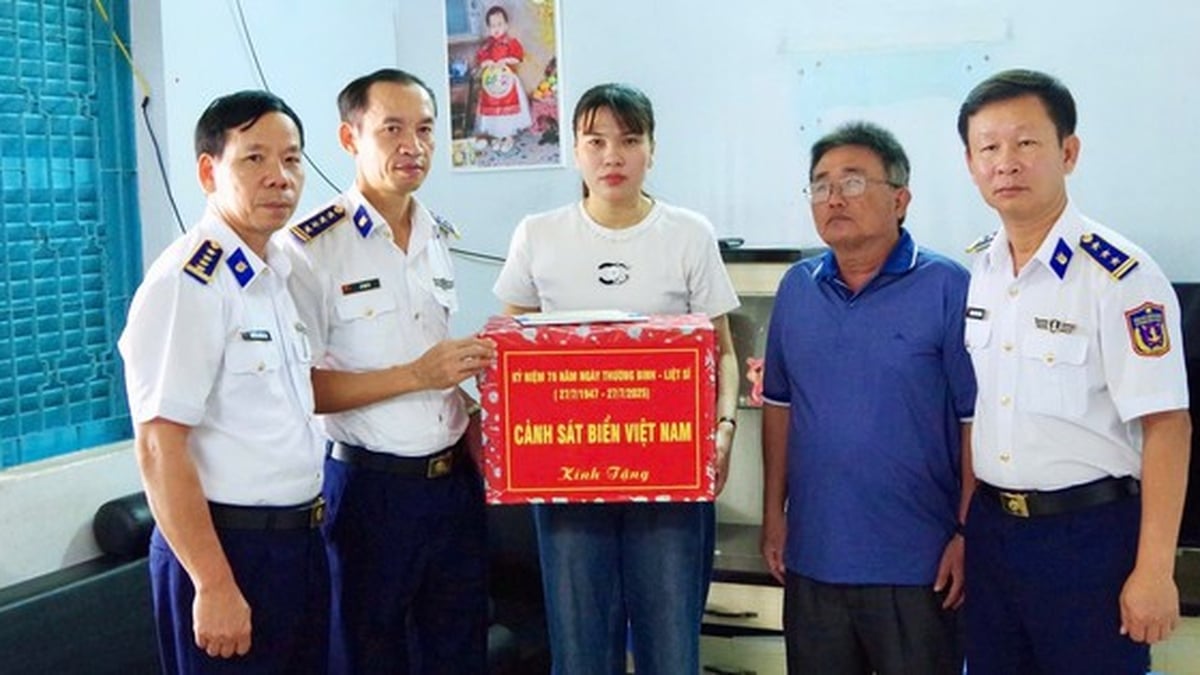























































































Comment (0)